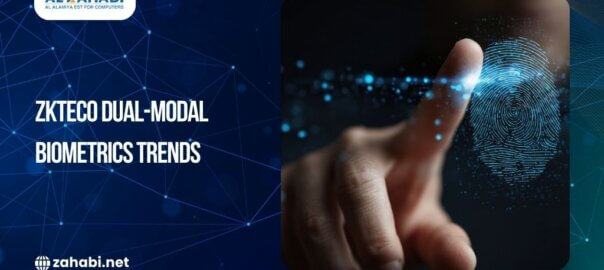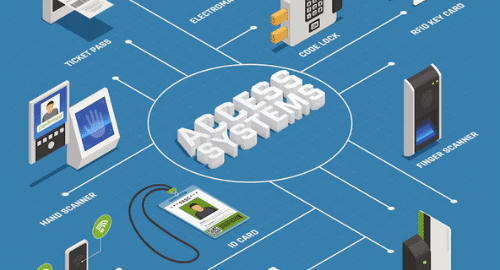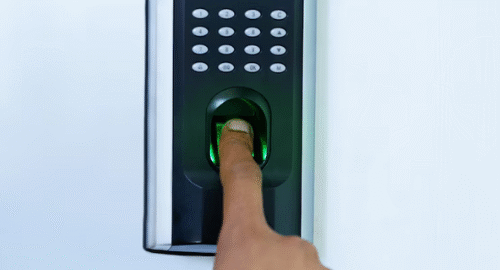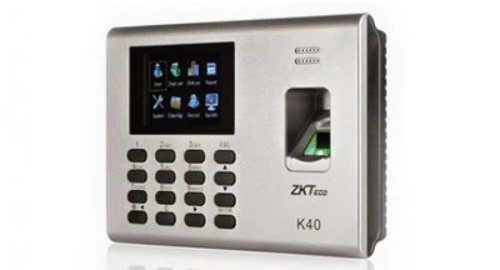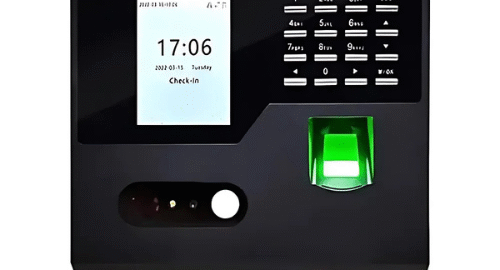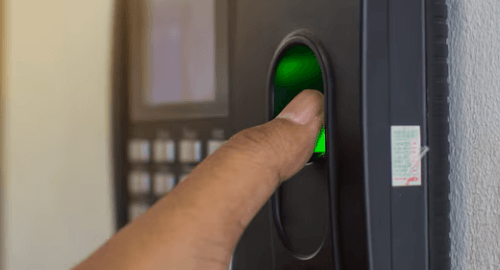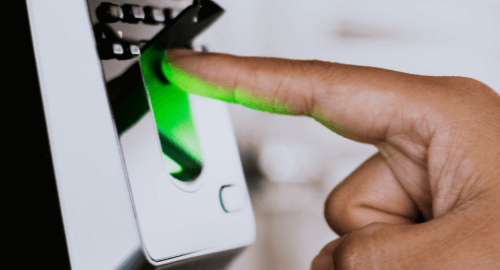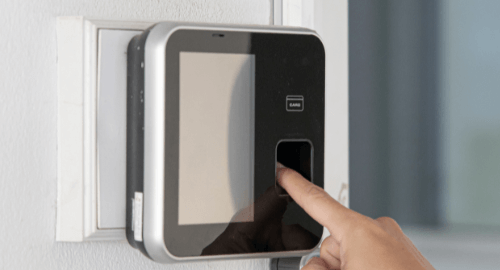
Tired of buddy punching, forgotten ID cards, and manual time calculations? If you’re still relying on outdated attendance methods, it’s time to step into the future with a biometric attendance system. These cutting-edge solutions offer unparalleled accuracy, efficiency, and security, revolutionizing how businesses track employee time.
Whether you’re a small startup or a large enterprise, understanding how to get started with a biometric attendance system can seem daunting. But fear not! This guide will walk you through the essential steps to seamlessly integrate this powerful technology into your workplace.
What is a Biometric Attendance System Anyway?
At its core, a biometric attendance system uses unique biological characteristics to verify an individual’s identity and record their in and out times. Forget time cards or PINs – your employees are their own credentials. The most common types you’ll encounter are:
- Fingerprint Attendance Systems: These scan and store unique patterns of an employee’s fingerprint. They are widely adopted due to their affordability and reliability.
- Face Attendance Systems: Utilizing sophisticated facial recognition technology, these systems identify employees by scanning their facial features. They offer a touchless experience and are increasingly popular.
- Iris/Retina Scanners: While less common for general attendance due to their higher cost and complexity, these offer the highest level of security by scanning the unique patterns of the eye.
Why Make the Switch? The Benefits Are Clear
Before diving into the “how,” let’s quickly recap the compelling reasons to embrace biometrics for attendance:
- Eliminate “Buddy Punching”: Say goodbye to colleagues clocking in for absent friends. Biometrics ensure that the person present is the person registered.
- Enhanced Accuracy: Manual errors in timekeeping are drastically reduced, leading to more precise payroll and reduced discrepancies.
- Increased Efficiency: Automation of attendance tracking frees up HR and administrative staff from tedious manual tasks.
- Improved Security: Biometric data is incredibly difficult to fake, offering a higher level of security for your timekeeping records.
- Streamlined Reporting: Most systems come with robust software that generates comprehensive attendance reports with ease, aiding in compliance and analysis.
- Touchless Options (Especially Face Attendance Systems): In today’s world, touchless solutions offer an added layer of hygiene and convenience.
Getting Started: Your Step-by-Step Guide
Ready to make the leap? Here’s how to implement a biometric attendance system in your organization:
1. Assess Your Needs and Budget
Before anything else, determine what you need from a system.
- Number of Employees: This will influence the capacity and type of system you need.
- Location(s): Do you need systems for multiple branches or just one central office?
- Features: Do you need basic in/out tracking, or more advanced features like leave management, shift scheduling, or integration with existing payroll software?
- Environment: Is your workplace dusty, wet, or prone to extreme temperatures? This might affect the durability requirements of the hardware.
- Budget: Biometric systems come at various price points. Define your budget to narrow down your options.
2. Research and Choose the Right System
This is where your initial assessment pays off. Look for reputable vendors that offer solutions aligning with your needs. Consider:
- Hardware: Is it durable, easy to install, and user-friendly? For a Face Attendance System, check its accuracy in different lighting conditions.
- Software: Is the accompanying software intuitive, feature-rich, and capable of generating the reports you need?
- Integration Capabilities: Can it integrate with your existing HR or payroll software? This can save significant time and reduce data entry errors.
- Scalability: Can the system grow with your company?
- Support: What kind of technical support does the vendor offer? Read reviews about their customer service.
- Data Security and Privacy: Understand how the system handles and protects biometric data, ensuring compliance with relevant regulations (e.g., GDPR, CCPA).
3. Plan for Implementation
Once you’ve chosen a system, a solid plan is crucial.
- Location of Devices: Decide where the biometric terminals will be placed for easy access and optimal performance. Consider factors like foot traffic, power outlets, and network connectivity.
- Network Infrastructure: Ensure your network can support the system, especially if you’re opting for a cloud-based solution.
- Enrollment Process: Plan how you will enroll your employees’ biometric data. This usually involves a one-time process where each employee registers their fingerprint or face.
- Data Migration (if applicable): If you’re transitioning from another system, plan how to migrate existing attendance data.
4. Employee Communication and Training
This is a critical, often overlooked, step.
- Communicate Early and Clearly: Inform employees about the upcoming change, explaining why you’re implementing the system (e.g., accuracy, fairness, efficiency) and its benefits. Address any concerns about privacy.
- Demonstrate the System: Show employees how easy it is to use.
- Provide Training: Although most systems are user-friendly, a brief training session can prevent confusion and ensure smooth adoption.
5. Installation and Configuration
Follow the vendor’s instructions for hardware installation. This may involve mounting devices and connecting them to your network. Then, configure the software:
- Set up User Accounts: Create profiles for each employee.
- Define Schedules and Shifts: Input your company’s working hours, holidays, and shift patterns.
- Configure Reporting: Set up the types of reports you need to generate regularly.
6. Test and Go Live!
Before full deployment, conduct thorough testing.
- Pilot Program: Consider a small pilot program with a subset of employees to identify and resolve any issues.
- Troubleshoot: Address any technical glitches, network problems, or enrollment difficulties.
- Gradual Rollout: If feasible, consider a phased rollout rather than a sudden switch for large organizations.
7. Ongoing Maintenance and Support
Biometric systems, like any technology, require some ongoing attention.
- Regular Cleaning: Keep the sensors clean for optimal performance.
- Software Updates: Install updates to ensure security and access new features.
- Monitor Performance: Regularly check the system’s accuracy and address any anomalies.
- Utilize Support: Don’t hesitate to contact your vendor’s support team if you encounter persistent issues.
Check out the blog on why face recognition attendance systems are a better alternative to fingerprint systems.
The Future is Here: Embrace Biometrics
Implementing a biometric attendance system, whether it’s a Face Attendance System or a fingerprint-based solution, is a smart investment that pays dividends in accuracy, efficiency, and security. By following these steps, you can confidently transition to a modern, reliable, and future-proof attendance management system, allowing you to focus on what truly matters: running your business.
Say goodbye to manual headaches and hello to streamlined, secure attendance. Your team (and your payroll department!) will thank you.


